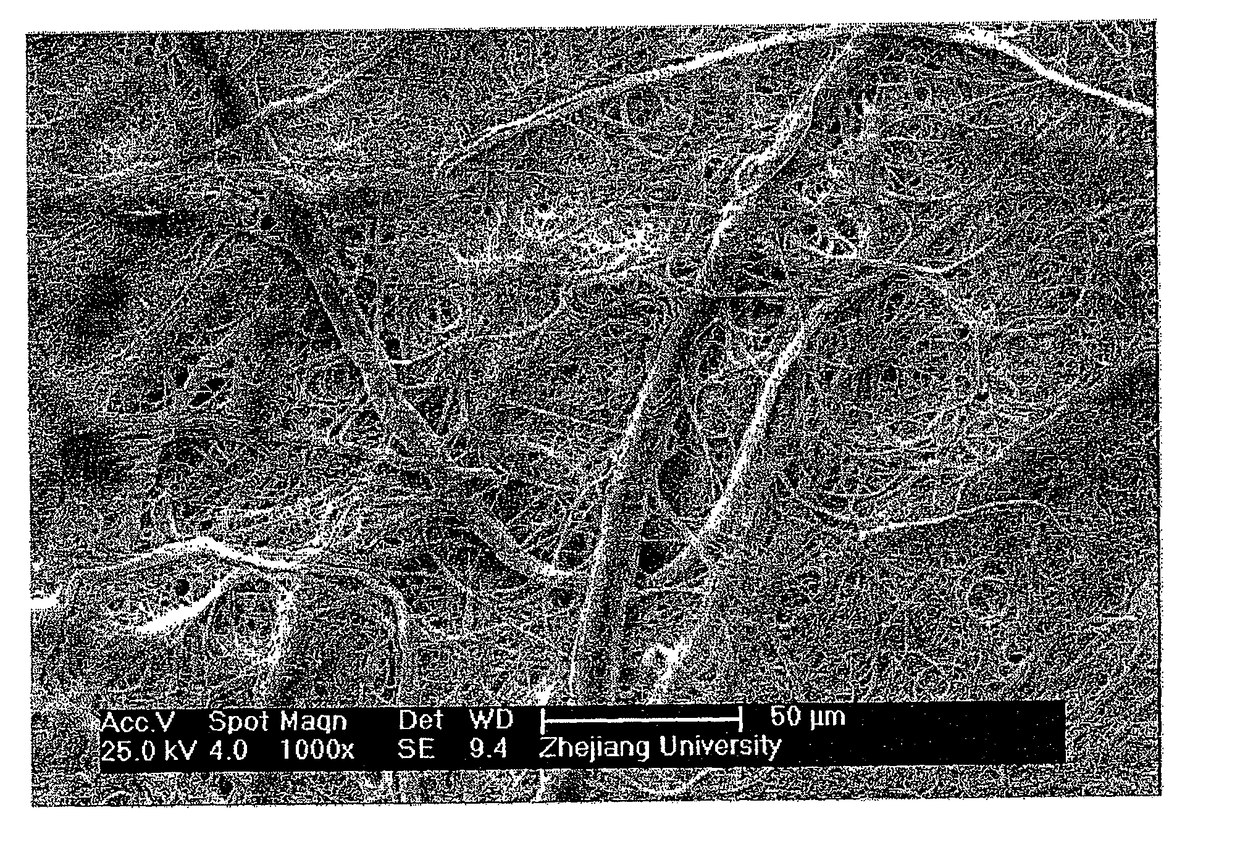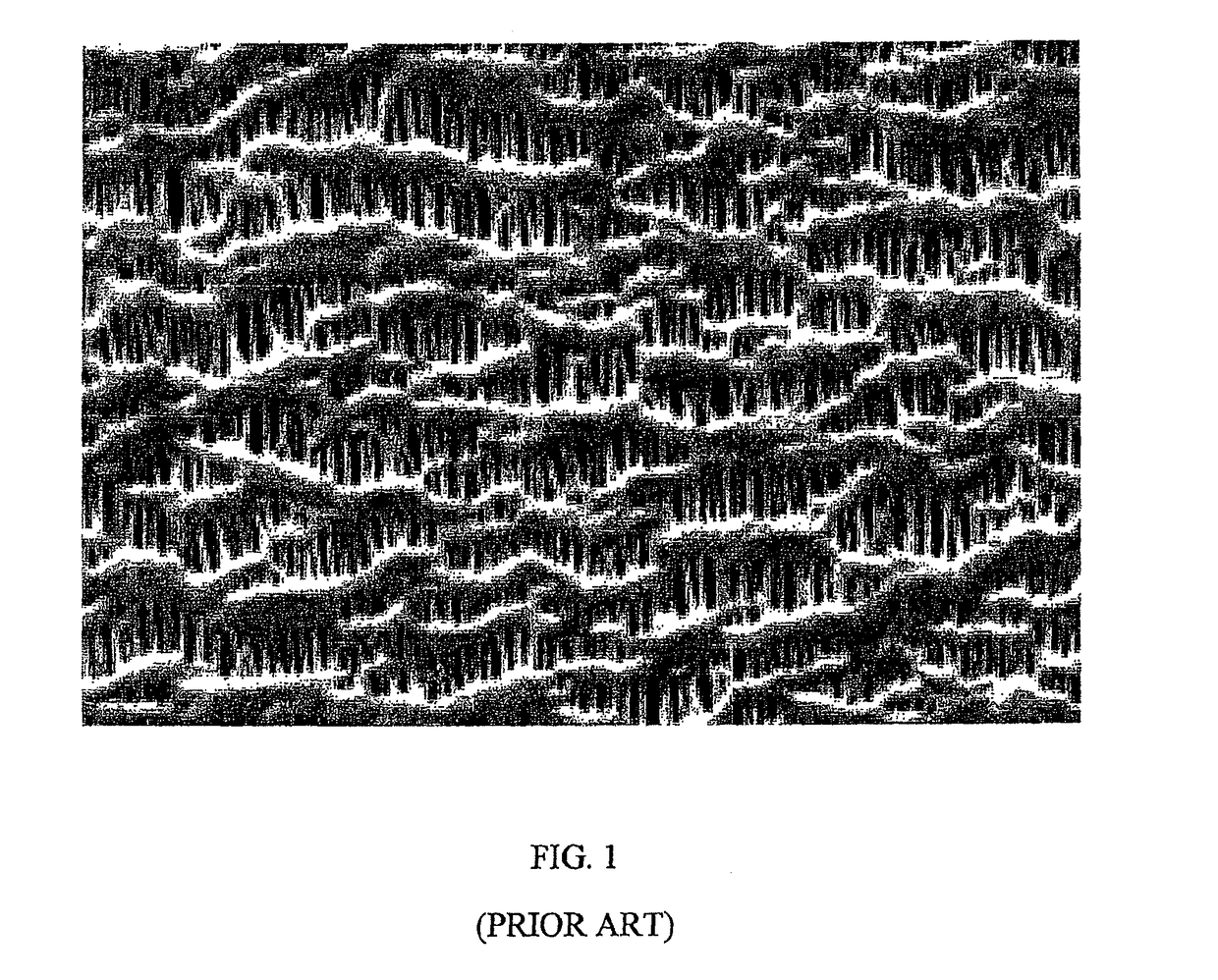Methods of making single-layer lithium ion battery separators having nanofiber and microfiber constituents
a lithium ion battery and nanofiber technology, applied in the field of non-conductive, non-conductive microporous polymeric battery separators, can solve the problems of affecting the production efficiency of cells, etc., and achieves low pore size, low air resistance, and easy manufacturing.
- Summary
- Abstract
- Description
- Claims
- Application Information
AI Technical Summary
Benefits of technology
Problems solved by technology
Method used
Image
Examples
examples
[0054]Examples 36-51 were made according to TAPPI Test Method T-205 using Engineered Fiber Technologies EFTEC™ A-010-04 fibrillated acrylic fiber (combination of microfiber and nanofiber)(listed as Base Fiber) and FiberVisions T426 fiber, which is 2 denier per filament, cut to 5 mm length, a bicomponent fiber made from polypropylene and polyethylene, and has a diameter of approximately 17 microns (listed as Added Fiber). The sheets were calendered between two hard steel rolls at 2200 pounds / linear inch at room temperature (˜25 C). The amount of each fiber, conditioned basis weight, caliper (or thickness), apparent density and porosity of the examples are shown in Table 4. Conditioned Basis Weight, Caliper, Apparent Density, and Tensile were tested according to TAPPI T220, which is hereby incorporated by reference.
[0055]
TABLE 2Separator Properties% % ConditionedApparentBaseAdded Basis WtCaliperDensityPorosityExampleFiberFiberg / m2mmg / cm3%36100039.90.0650.61456.2%37901040.20.0670.60055...
PUM
| Property | Measurement | Unit |
|---|---|---|
| width | aaaaa | aaaaa |
| width | aaaaa | aaaaa |
| thickness | aaaaa | aaaaa |
Abstract
Description
Claims
Application Information
 Login to View More
Login to View More - R&D
- Intellectual Property
- Life Sciences
- Materials
- Tech Scout
- Unparalleled Data Quality
- Higher Quality Content
- 60% Fewer Hallucinations
Browse by: Latest US Patents, China's latest patents, Technical Efficacy Thesaurus, Application Domain, Technology Topic, Popular Technical Reports.
© 2025 PatSnap. All rights reserved.Legal|Privacy policy|Modern Slavery Act Transparency Statement|Sitemap|About US| Contact US: help@patsnap.com



